SDGS

HOW ISO STANDARDS HELP MEET THE SDGS
The SDGs represent an ambitious plan to enhance peace and prosperity, eradicate poverty and protect the planet. They are recognized globally as essential to the future sustainability of our world.
This plan of action calls on the contribution from all elements of society, including local and national governments, business, industry and individuals. To be successful, the process requires consensus, collaboration and innovation.
ISO has published more than 22 000 International Standards and related documents that represent globally recognized guidelines and frameworks based on international collaboration. Built around consensus, they provide a solid base on which innovation can thrive and are essential tools to help governments, industry and consumers contribute to the achievement of every one of the SDGs.
PUTTING IDEAS INTO PRACTICE WITH THE ISO SDG TOOL
For each Goal, ISO has identified the standards that make the most significant contribution. This site serves as a resource for those who are looking for a concrete way in which their organization can play its part. With ISO standards covering almost every subject imaginable, from technical solutions to systems that organize processes and procedures, there are numerous ISO standards that correspond to each of the SDGs. We’ve presented a list of the top standards, with links that enable you to preview each one, so you can find out if it’s right for your needs. You can also see which ISO technical committee developed each standard, and find out what they’re currently working on.
SUSTAINABLE DEVELOPMENT GOALS LIST
GOAL 1: NO POVERTY
END POVERTY IN ALL ITS FORMS EVERYWHERE
By providing a platform for best practice in all areas of economic activity, from agriculture to banking, ISO International Standards contribute to the sustainable production of food and resources as well as sustainable employment.
For example, ISO 20400, Sustainable procurement – Guidance, helps organizations develop sustainable and ethical purchasing practices that also benefit the societies in which they operate. It includes guidelines for implementing ethical processes throughout the supply chain.
ISO 37001, Anti-bribery management systems – Requirements with guidance for use, supports business and government in their efforts to build integrity and combat bribery. By instilling an anti-bribery culture within organizations, it helps reduce the large gaps in wealth that are a major cause of poverty in many countries around the world.
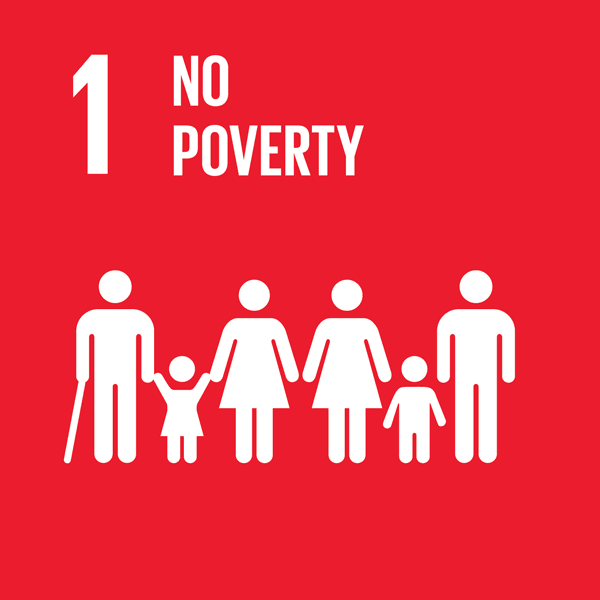
GOAL 2: ZERO HUNGER
END HUNGER, ACHIEVE FOOD SECURITY AND IMPROVED NUTRITION AND PROMOTE SUSTAINABLE AGRICULTURE
ISO has over 1600 standards for the food production sector designed to create confidence in food products, improve agricultural methods and promote sustainable and ethical purchasing.
They also cover a number of other areas including nutritional and safety testing, quality, packaging, and traceability.
Focusing specifically on the food sector, the ISO 22000 family of standards on food safety management helps organizations identify and control food safety hazards, while related standards such as ISO 26000 (social responsibility) and ISO 20400 (sustainable procurement) encourage socially responsible behaviour and ethical working conditions for agricultural workers and promote ethical purchasing practices throughout the entire food production chain.
Currently in development, the ISO 34101 series of standards on sustainable and traceable cocoa beans will specify requirements for a management system in cocoa bean farming. It provides a set of guidelines for environmentally sound agricultural practices, the enhanced traceability of cocoa beans and for improving the social conditions and livelihoods of cocoa producers.
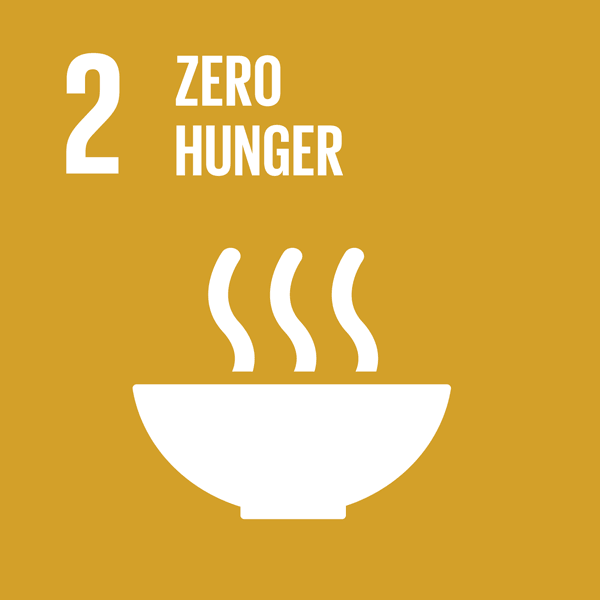
GOAL 3: GOOD HEALTH AND WELL-BEING
ENSURE HEALTHY LIVES AND PROMOTE WELL-BEING FOR ALL AT ALL AGES
Access to quality healthcare is an essential human right. ISO has numerous standards supporting safe, quality medical practices and equipment that help healthcare providers deliver a more reliable and effective service.
These include standards on sterilization methods, medical devices, surgical implants and instruments, health informatics and related products, among other areas of focus. Notable examples are the ISO 11137 series for the sterilization of healthcare products by radiation and ISO 7153 on materials for surgical instruments.
ISO also develops standards to help local governments promote health and well-being in their communities, such as International Workshop Agreement IWA 18, Framework for integrated community-based life-long health and care services in aged societies, and ISO 37101 for the sustainable development of communities.
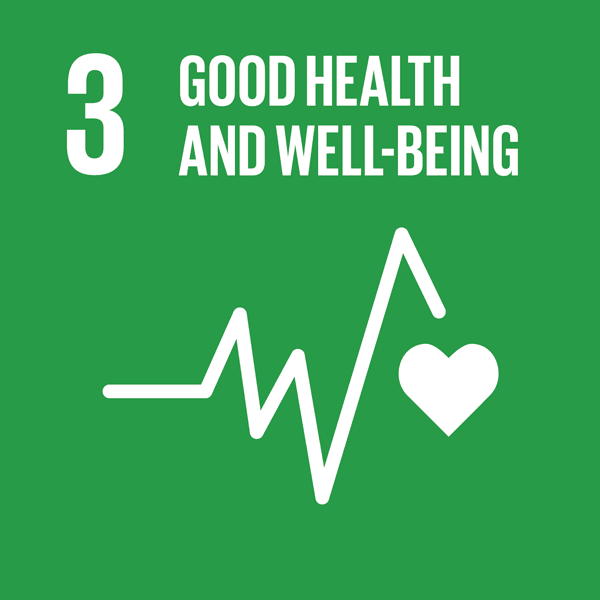
GOAL 4: QUALITY EDUCATION
ENSURE INCLUSIVE AND EQUITABLE QUALITY EDUCATION AND PROMOTE LIFELONG LEARNING OPPORTUNITIES FOR ALL
Recognizing the importance of quality education for all, ISO has developed ISO 21001, the first-ever management system standard on education.
It is aimed at improving the processes and quality of educational institutions to address the needs and expectations of those who use their services.
In addition, ISO’s technical committee ISO/TC 232 develops standards that describe the requirements for learning services provided outside formal education, such as ISO 29993, which covers all types of lifelong learning including vocational education and in-company training (either outsourced or in-house).
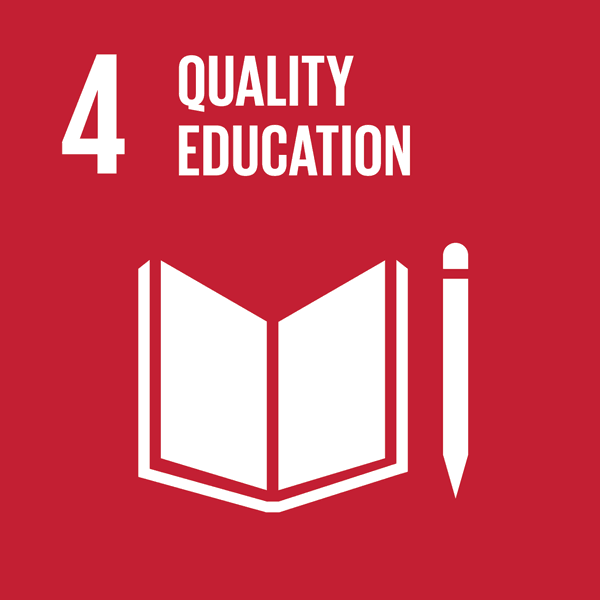
GOAL 5: GENDER EQUALITY
ACHIEVE GENDER EQUALITY AND EMPOWER ALL WOMEN AND GIRLS
Gender equality is a key component of social responsibility, and the empowerment of women and their equality in society is underlined in ISO 26000, Guidance on social responsibility.
This standard aims to eliminate bias and promote parity through recommending that organizations have a balanced mix of men and women in governing structures and management, ensure both sexes are treated equally when it comes to recruitment, career opportunities and pay, and make sure the needs of men and women are given equal consideration in company decisions and activities.
In addition, ISO aims to encourage equal representation in standardization, to strengthen the participation of women in the development of ISO International Standards and to make them more relevant to women around the world.
For this reason, ISO has recently joined the International Gender Champions – a leadership network working to advance gender parity in executive management.
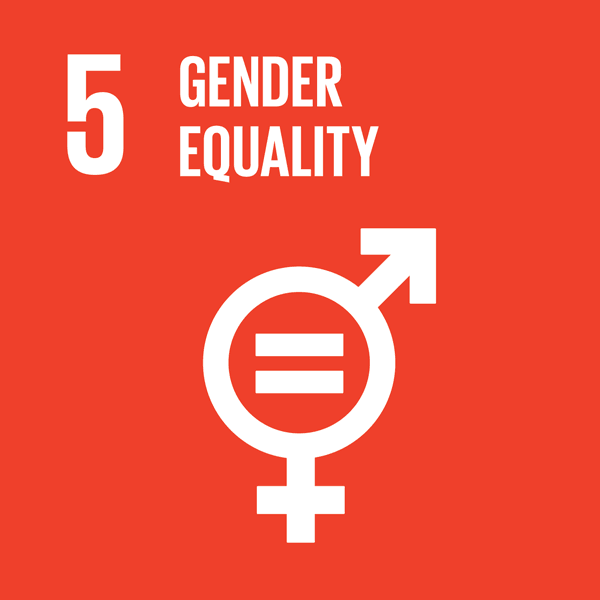
GOAL 6: CLEAN WATER AND SANITATION
ENSURE AVAILABILITY AND SUSTAINABLE MANAGEMENT OF WATER AND SANITATION FOR ALL
Globally, over 80 % of wastewater generated by society flows back into the ecosystem without being treated or reused. In addition, around 40 % of the world’s population doesn’t have enough water to sustain its needs.
ISO has many standards for water management, spanning a variety of areas from wastewater and sewerage networks, to water reuse, efficient irrigation, water footprint monitoring, and service activities relating to drinking water supply systems. We also develop standards – such as ISO 24518 – to help communities manage their drinking water and wastewater services in the event of a crisis of water utilities.
The recently published ISO 24521 gives practical guidance on the management and maintenance of basic on-site domestic wastewater services. It offers advice on training users and operators, evaluating risks and designing and building basic on-site domestic wastewater systems, making use of alternative technologies that can be set up using local resources.
ISO is also expanding into new areas such as technology for next-generation toilets that can operate off-grid, outside the sewer network, in regions where there is no access to reliable water and wastewater systems. Standards in this field include the upcoming ISO 30500, Non-sewered sanitation systems – Prefabricated integration treatment units – General safety and performance requirements for design and testing.
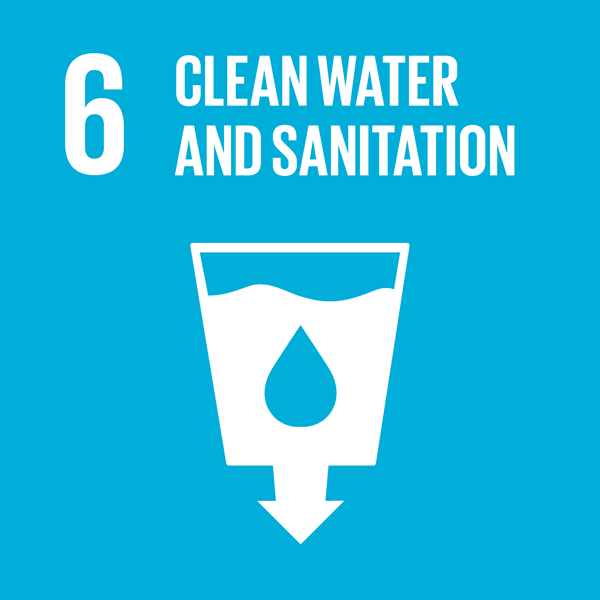
GOAL 7: AFFORDABLE AND CLEAN ENERGY
ENSURE ACCESS TO AFFORDABLE, RELIABLE, SUSTAINABLE AND MODERN ENERGY FOR ALL
ISO standards represent internationally agreed guidelines and requirements for solutions to energy efficiency and renewable sources. They provide a solid technical base that governments can use to achieve their national and international energy objectives.
ISO has more than 200 standards related to energy efficiency and renewables, with many more under development. These ensure the interoperability of devices and systems, which encourages the transition to renewable energy sources and opens up markets for innovations that address the global energy challenge. ISO 50001, Energy management systems – Requirements with guidance for use, helps organizations of all kinds to use energy more efficiently, through the development and implementation of an energy management system, while the ISO 52000 series of standards for the energy performance of buildings is expected to help the construction industry attain energy efficiency improvements.
In addition, the ISO portfolio boasts a number of standards in support of solar energy, such as ISO 9806, which specifies test methods for assessing the durability, reliability, safety and thermal performance of fluid-heating solar collectors, and the ISO 17225 series, which determines the specifications and fuel quality classes of solid biofuels.
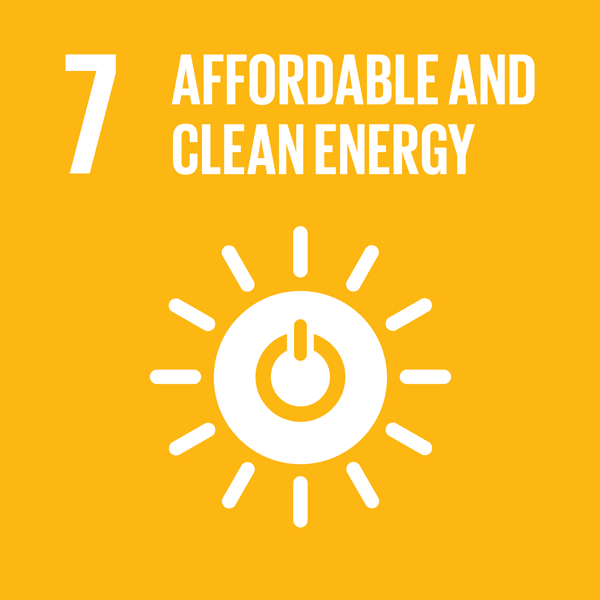
GOAL 8: DECENT WORK AND ECONOMIC GROWTH
PROMOTE SUSTAINED, INCLUSIVE AND SUSTAINABLE ECONOMIC GROWTH, FULL AND PRODUCTIVE EMPLOYMENT AND DECENT WORK FOR ALL
International Standards, by their very nature, promote economic growth by setting a common language and internationally agreed specifications that can be applied in the development of national and international regulation.
A product of best practice and consensus, they are also essential tools for reducing barriers to international trade, a contribution that is acknowledged in the World Trade Organization’s Agreement on Technical Barriers to Trade.
In addition, ISO also has many specific standards that promote decent work, not least ISO 45001, Occupational health and safety management systems – Requirements with guidance for use, designed to help companies and organizations worldwide protect the health and safety of the people who work for them.
Another barrier to economic growth is bribery, which can have a negative impact on employment opportunities. ISO 37001 on anti-bribery management systems contributes to economic prosperity by helping organizations fight bribery and promote an anti-bribery culture.

GOAL 9: INDUSTRY, INNOVATION AND INFRASTRUCTURE
BUILD RESILIENT INFRASTRUCTURE, PROMOTE INCLUSIVE AND SUSTAINABLE INDUSTRIALIZATION AND FOSTER INNOVATION
ISO International Standards support sustainable industrialization through internationally agreed specifications that meet quality, safety and sustainability requirements.
Covering virtually all industries, they give confidence to investors and consumers by creating an environment in which products and services can flourish. What’s more, ISO standards provide a universal language, thus breaking down technical barriers to international trade. This is particularly important for developing countries as it allows them to compete more easily in the global marketplace.
ISO also has standards that facilitate business practices and relationships. These include ISO 44001, Collaborative business relationship management systems – Requirements and framework, which provides a common platform to maximize the benefits of collaborative working and assist companies in establishing healthy business relationships, both within and between organizations.
Standards are also important tools in building safe and resilient infrastructures. For example, ISO has over a thousand standards for the construction industry that provide internationally agreed guidelines and specifications on everything from the type and status of the soil these buildings stand on to the roof. These include not only minimum safety and performance levels, but a series of test methods for resilience as well.
ISO International Standards provide a platform for ensuring interoperability, which encourages investment and supports innovation. Moreover, ISO’s ongoing work on innovation management will offer tried-and-tested frameworks that help organizations unleash their innovative potential. This includes standards ISO 56002 on innovation management systems and ISO 56003 on tools and methods for collaborative innovation partnership.
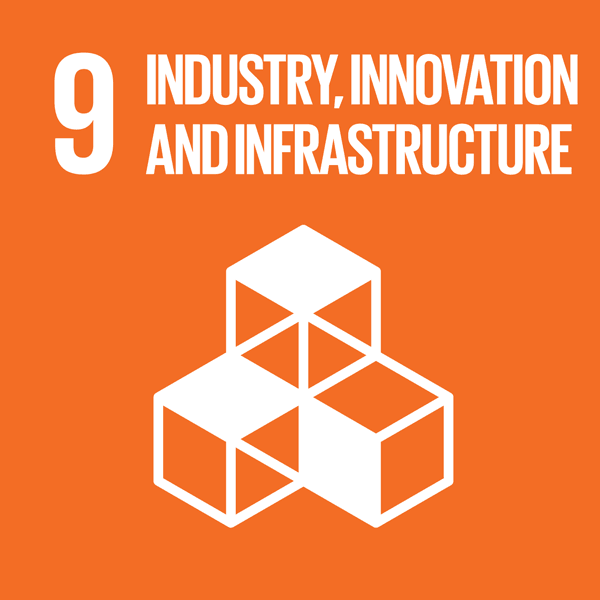
GOAL 9: INDUSTRY, INNOVATION AND INFRASTRUCTURE
REDUCE INEQUALITY WITHIN AND AMONG COUNTRIES
Advanced societies rely on a complex quality and compliance system to ensure proper functioning of the market, protect people’s health and safety and preserve the environment. This system is commonly defined as a national quality infrastructure (NQI) and refers to all aspects of metrology, standardization, testing, quality management, certification and accreditation that have a bearing on conformity assessment.
Many developing countries suffer from a weak NQI, which can be a major impediment to their integration into regional and global markets, limiting the opportunities offered by trade and hindering their ability to improve public welfare in vital areas such as health, safety and environmental protection. Part of the ISO Strategy 2016-2020 involves capacity building for developing countries in areas such as strategy, technical and operational expertise, and relationships with policy makers, to support their participation in international standardization.
This, in turn, helps them strengthen their NQI, thus reducing inequalities within and amongst countries. What’s more, ISO standards themselves contribute to the reduction of inequalities, because they serve as a common language that helps to break down barriers to trade, promote innovation and level the playing field for organizations of all types wishing to compete in national and international markets. We also have specific standards that will help organizations contribute directly to this SDG.
ISO 26000, Guidance on social responsibility, for example, provides guidelines on how businesses and organizations can operate in a socially responsible way, which includes encompassing the principles of non-discrimination and equal opportunities. The core subjects and issues defined by the standard comprise human rights, labour practices, the environment, fair operating practices, consumer issues and community involvement.
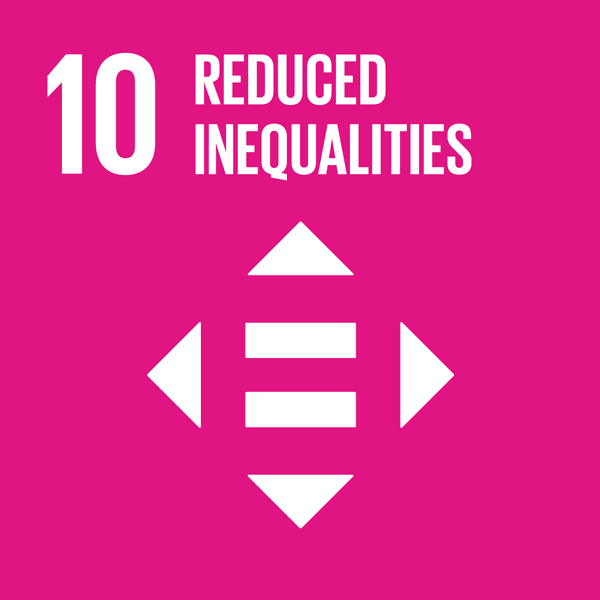
GOAL 11: SUSTAINABLE CITIES AND COMMUNITIES
MAKE CITIES AND HUMAN SETTLEMENTS INCLUSIVE, SAFE, RESILIENT AND SUSTAINABLE
Responsible use of resources, preserving the environment and improving the well-being of citizens are the end goal for experts of ISO technical committee ISO/TC 268, Sustainable cities and communities, whose flagship standard ISO 37101 helps communities define their sustainable development objectives and implement strategies to achieve them.
This core standard is joined by a series of standards on city indicators including ISO 37120 (indicators for city services and quality of life) and the two upcoming standards ISO 37122 (indicators for smart cities) and ISO 37123 (indicators for resilient cities).
ISO also has hundreds of standards on intelligent transport systems, water management, business continuity and community resilience, designed to make communities safe, sustainable and adaptive to face challenges. These include ISO 22313 (business continuity management systems) and a number of standards currently in development such as ISO 22326 (emergency management), ISO 22395 (guidelines for supporting vulnerable people in emergency situations) and ISO 24526 (water efficiency management systems).
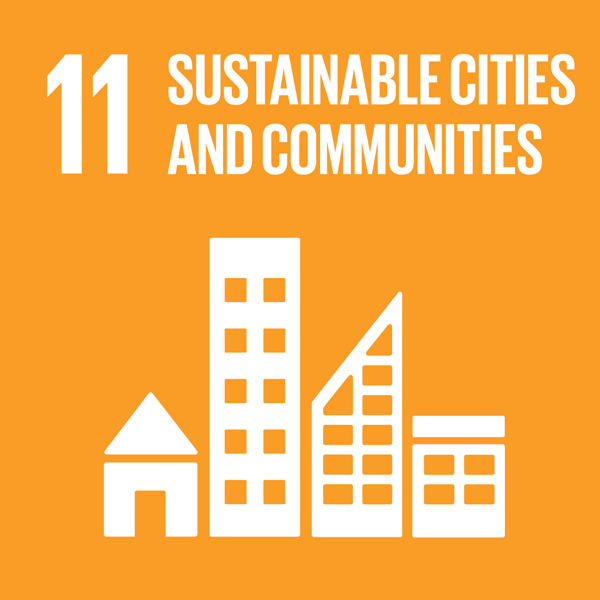
GOAL 12: RESPONSIBLE CONSUMPTION AND PRODUCTION
ENSURE SUSTAINABLE CONSUMPTION AND PRODUCTION PATTERNS
Reducing our environmental impact, promoting the use of renewable sources of energy and encouraging responsible purchasing decisions are just some of the ways that ISO standards contribute to sustainable consumption and production.
Working towards these goals, ISO 20400, Sustainable procurement – Guidance, helps organizations incorporate sustainability into their procurement function. ISO has also developed standards for environmental labelling within the ISO 14020 series. These provide guiding principles for the development and use of environmental labels and self-declarations, as well as preparing for third-party certification programmes, which help validate environmental claims and thus encourage consumers to make better choices.
In addition, work is underway on a new standard for sustainable development and social responsibility in the agri-food sector. Sustainability is also highly relevant when it comes to construction. ISO 15392, Sustainability in building construction – General principles, identifies and establishes general principles for sustainability in buildings and other construction works throughout their whole life cycle, from inception to end of life. Also supporting sustainable lifestyle choices, ISO 20245, Crossborder trade of second-hand goods, establishes minimum screening criteria for goods traded between countries, helping to drive this alternative consumption pattern by reducing waste and environmental impact.
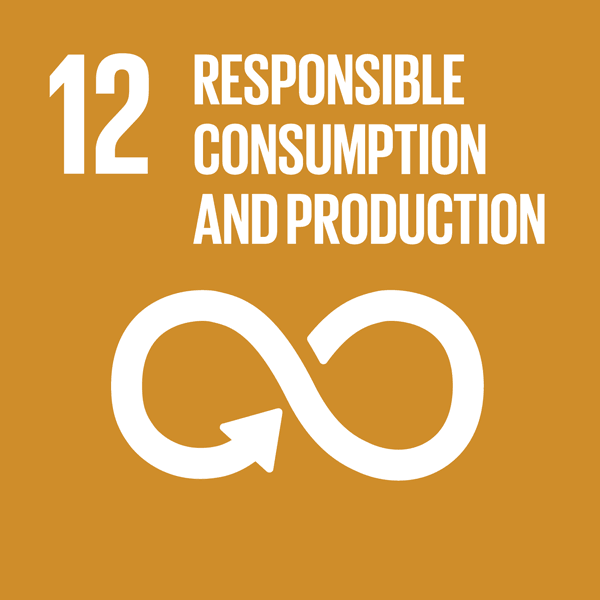
GOAL 13: CLIMATE ACTION
TAKE URGENT ACTION TO COMBAT CLIMATE CHANGE AND ITS IMPACTS
ISO has a number of standards that play an essential role in the climate agenda, helping to monitor climate change, quantify greenhouse gas emissions and promote good practice in environmental management.
One notable example is the ISO 14000 family of standards for environmental management systems, which details practical tools for organizations to manage the impact of their activities on the environment. This suite of standards, which includes one of ISO’s most widely used standards – ISO 14001, Environmental management systems – Requirements with guidance for use, covers overall frameworks, audits, communications, labelling, life-cycle analysis and methods to mitigate and adapt to climate change.
Aligned with the Greenhouse Gas (GHG) Protocol and compatible with most GHG programmes, the ISO 14064 series gives specifications for the quantification, monitoring and validation/verification of greenhouse gas emissions, while ISO 14067 specifies the principles, requirements and guidelines for quantifying and reporting the carbon footprint of products. Other standards in this area include ISO 14080, which gives organizations a framework to develop consistent, comparable and improved methodologies in the fight against climate change, and future ISO Guide 84, Guidelines for addressing climate change in standards, which is aimed at those involved in standards development.
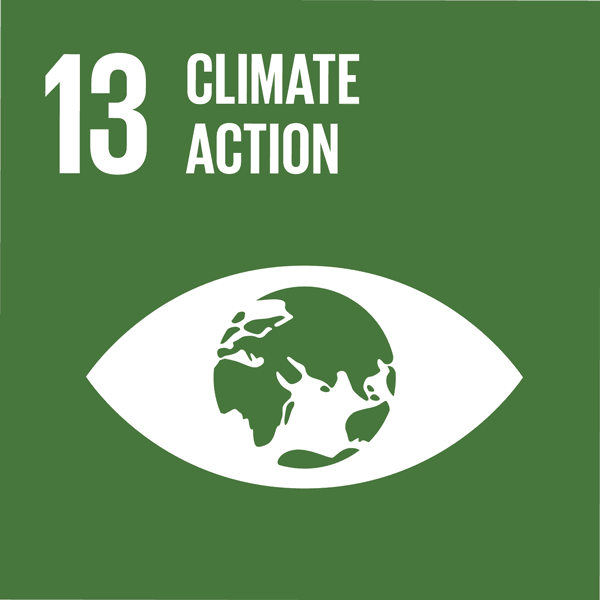
GOAL 14: LIFE BELOW WATER
CONSERVE AND SUSTAINABLY USE THE OCEANS, SEAS AND MARINE RESOURCES FOR SUSTAINABLE DEVELOPMENT
Traceability of fish and environmental management of marine resources are the focus of ISO/TC 234, ISO’s technical committee for fisheries and aquaculture, which provides a unique opportunity to participate in the development of fisheries and aquaculture in a way that respects sustainable development.
In addition, ISO/TC 8, Ships and marine technology, has developed over 250 sustainability-related standards for the design, construction, equipment, technology and marine environmental matters related to shipbuilding. In particular, ISO/TC 8’s subcommittee SC 2, Marine environment protection, has standards related to the environmental impact of ships and marine technology, such as the response to oil spills and the management of port waste reception facilities.
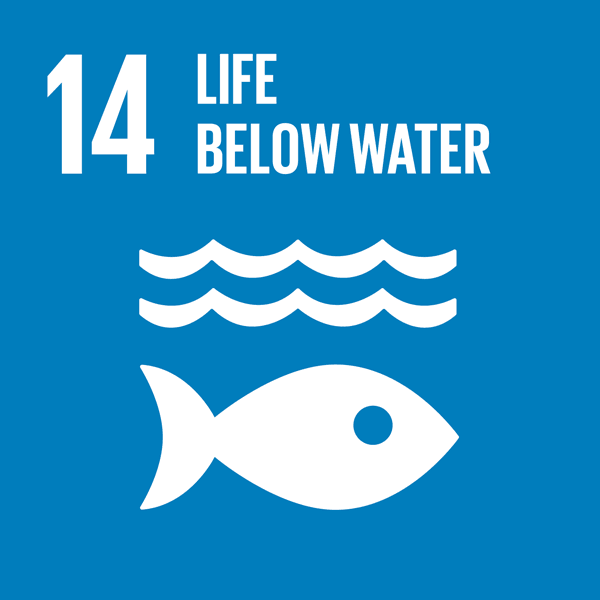
GOAL 15: LIFE ON LAND
PROTECT, RESTORE AND PROMOTE SUSTAINABLE USE OF TERRESTRIAL ECOSYSTEMS, SUSTAINABLY MANAGE FORESTS, COMBAT DESERTIFICATION, AND HALT AND REVERSE LAND DEGRADATION AND HALT BIODIVERSITY LOSS
Protecting and promoting life on land through better use of resources is the objective of hundreds of ISO standards.
For example, the two-part series ISO 14055, Environmental management – Guidelines for establishing good practices for combatting land degradation and desertification, is a welcome addition to the ISO 14000 family of standards for environmental management. Another area of focus for ISO is sustainable forestry. The upcoming ISO 38200, Chain of custody of wood and woodbased products, will promote traceability in the wood supply chain by encouraging greater use of wood from sustainable sources, and will be an essential tool for helping to combat illegal deforestation.
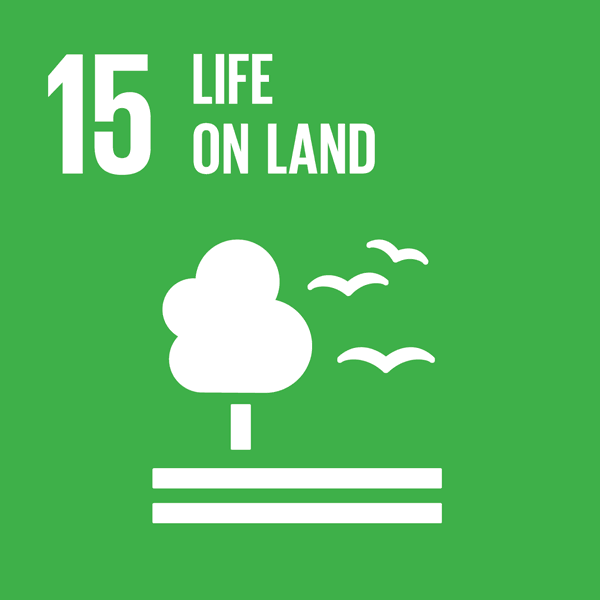
GOAL 16: PEACE, JUSTICE AND STRONG INSTITUTIONS
PROMOTE PEACEFUL AND INCLUSIVE SOCIETIES FOR SUSTAINABLE DEVELOPMENT, PROVIDE ACCESS TO JUSTICE FOR ALL AND BUILD EFFECTIVE, ACCOUNTABLE AND INCLUSIVE INSTITUTIONS AT ALL LEVELS
Effective, accountable and inclusive societies and institutions rely on good governance at all levels, from small companies through to multinationals and governments.
Governance is the system by which an organization is directed, controlled and held accountable to achieve its core purpose over the long term. ISO technical committee ISO/TC 309, Governance of organizations, was created to consolidate good practice for effective governance and covers a wide range of aspects, from direction, control and accountability, to compliance, corruption and whistleblowing. Its most prominent standard, ISO 37001 (anti-bribery management systems) helps promote peace, justice and strong institutions by increasing transparency and accountability. Further standards by this committee include ISO 19600, Compliance management systems – Guidelines, and ISO 37000, Guidance for the governance of organizations (currently in development), which encourage good direction and control of organizations of all types and sizes.
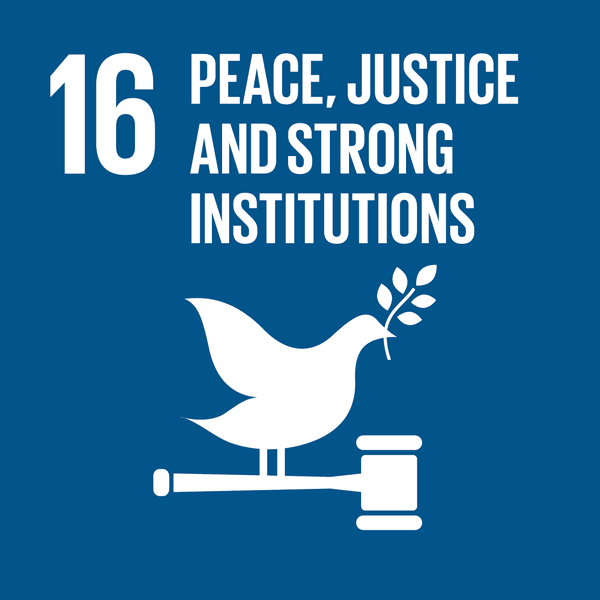
GOAL 17: PARTNERSHIPS FOR THE GOALS
STRENGTHEN THE MEANS OF IMPLEMENTATION AND REVITALIZE THE GLOBAL PARTNERSHIP FOR SUSTAINABLE DEVELOPMENT
At ISO, we recognize the importance of global partnerships because the whole ISO system depends on it. An ISO International Standard is developed with the collaboration and consensus of a wide range of stakeholders from all corners of the Earth, including representatives from government, industry and standardization bodies.
We partner with a large number of international organizations to ensure participation from a diverse array of stakeholders and bring the benefits of standards to all countries, regardless of size or economic status. We also work to reinforce the capacity of developing countries in standardization to ensure our standards are globally relevant. The aim is to strengthen their national standards infrastructure by building skills in areas such as strategy, technical and operational expertise and relationships with policy makers, to support their participation in international standardization.
A key component in achieving this is the New Rights Pilot Programme, which allows countries to participate more actively in ISO standards development work in specific sectors such as tourism, food products and conformity assessment. This, in turn, contributes to improving public welfare in vital areas such as health, safety and environmental protection, creating economic growth and a gateway to world markets.











